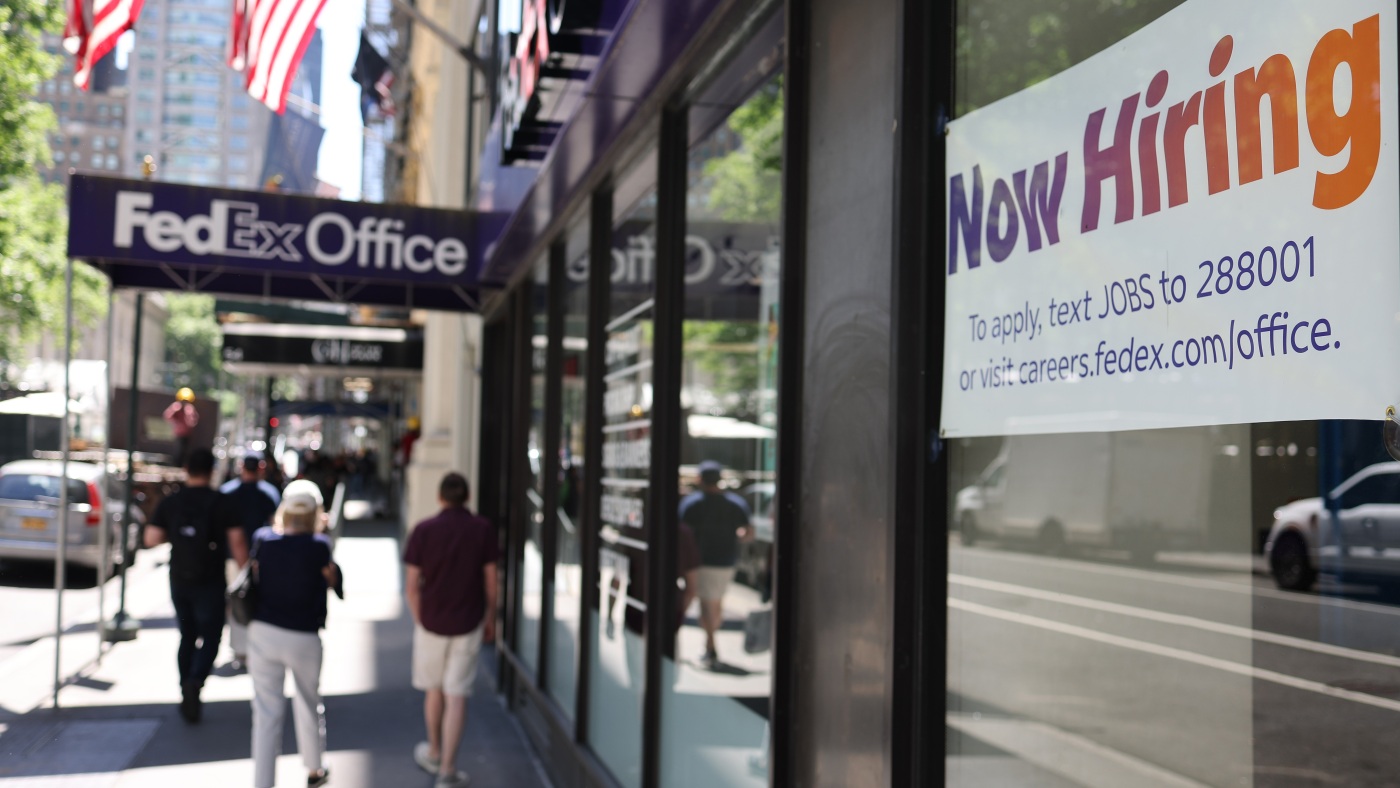The U.S. labor market remains a critical indicator of the nation’s economic health, and the June 2025 jobs report provides a nuanced snapshot of current trends. While the headline figures suggest resilience, underlying data reveals potential challenges that could shape the economic landscape in the coming months. This analysis explores the key highlights of the June 2025 report, examines sectoral performance, and discusses the broader implications for the economy and monetary policy.
Key Highlights of the June 2025 Report
The June 2025 jobs report indicates that U.S. employers added 147,000 jobs, surpassing economists’ expectations of around 110,000. The unemployment rate also saw a slight improvement, decreasing from 4.2% to 4.1%. These figures suggest that the economy is not in contraction but is also not experiencing rapid growth. However, a closer examination of the data reveals important nuances that warrant further exploration.
Sectoral Performance: Where Did the Jobs Come From?
Job gains in June 2025 were not evenly distributed across all sectors. The healthcare industry and state and local governments were the primary drivers of employment growth. The healthcare sector’s expansion reflects the ongoing demand for medical services, fueled by an aging population and advancements in medical technology. Meanwhile, the increase in government jobs may be attributed to investments in infrastructure projects and a growing need for public services.
The Manufacturing Dip
In contrast to the gains in healthcare and government, the manufacturing sector experienced a decline, with factories cutting 7,000 jobs in June. This contraction raises concerns about the sector’s future prospects. Several factors may be contributing to this trend:
- Trade Policies: President Trump’s tariffs continue to impact the manufacturing sector by increasing costs for manufacturers and reducing competitiveness. Retaliatory measures from other countries have further complicated the situation.
- Weakening Global Demand: A slowdown in global economic growth can reduce demand for manufactured goods, leading to lower production levels and job losses.
- Automation and Technological Advancements: The increasing adoption of automation and advanced technologies in manufacturing processes may be displacing human workers in certain tasks.
The Average Workweek Decline
Another notable detail in the June report is the decline in the average workweek for production and nonsupervisory employees on private nonfarm payrolls, which decreased by 0.2 hours to 33.5 hours. While this reduction may seem minor, it could signal caution among employers. Shortening workweeks can be a way to manage labor costs without resorting to layoffs, reflecting uncertainty about future demand.
Economic Implications and the Federal Reserve
The June jobs report has significant implications for the broader economy and the monetary policy decisions of the Federal Reserve. The solid job growth and low unemployment rate could encourage the Federal Reserve to maintain its current course of action, potentially delaying any interest rate cuts. The Fed closely monitors labor market conditions when making decisions about interest rates, as a strong labor market can contribute to inflationary pressures.
However, the mixed signals within the report, such as the manufacturing decline and the shortening of the average workweek, might give the Fed pause. A too-hawkish approach could risk stifling economic growth and exacerbating the challenges faced by struggling sectors.
Revisions and Historical Context
The June report included upward revisions to the April figures, increasing the initially reported job gains from 147,000 to 158,000. These revisions highlight the inherent uncertainty in economic data and the importance of interpreting these figures with caution.
Looking at the broader historical context, job growth has averaged around 130,000 per month so far in 2025, a noticeable decrease from the average of 168,000 in 2024 and the robust average of 400,000 from 2021 through 2023. This slowdown suggests a gradual cooling of the labor market, which could be a natural consequence of the economic expansion maturing.
The Impact of Trade Policies
The shadow of trade policies, particularly President Trump’s tariffs, looms large over the U.S. labor market. While the overall impact is complex and multifaceted, the manufacturing sector appears to be particularly vulnerable. The tariffs have disrupted supply chains, increased costs for businesses, and created uncertainty in the global trading environment. This uncertainty can discourage investment and hiring, particularly in export-oriented industries.
Cracks in the Foundation? Signs of Potential Weakness
While the June jobs report presents a generally positive picture, there are indications that the labor market may be starting to show some cracks. The slowing pace of job growth compared to previous years, the decline in manufacturing employment, and the reduction in the average workweek all suggest that the economy may be entering a new phase, characterized by slower expansion and increased caution among employers.
Economists have expressed concerns that the labor market is showing signs of resilience, but slower job growth and higher unemployment rates are expected in the coming months. The combination of trade tensions, weakening global demand, and the natural cyclicality of the economy could contribute to a further moderation in job growth in the second half of 2025.
A Cautiously Optimistic Outlook
The June 2025 jobs report offers a mixed bag of good news and potential warning signs. While the headline figures of 147,000 new jobs and a 4.1% unemployment rate are encouraging, a deeper dive into the data reveals underlying challenges and vulnerabilities. The manufacturing sector’s struggles, the shortening of the average workweek, and the slowing pace of overall job growth all suggest that the U.S. labor market may be entering a period of increased uncertainty.
Navigating the Shifting Sands
The U.S. labor market in June 2025 stands at a crossroads. While the present appears solid, the winds of change are subtly shifting, hinting at potential turbulence ahead. Understanding these nuances, acknowledging the challenges, and adapting to the evolving economic landscape will be crucial for businesses, policymakers, and individuals alike. The key lies in not just celebrating the present gains but preparing for the uncertainties that the future inevitably holds.

